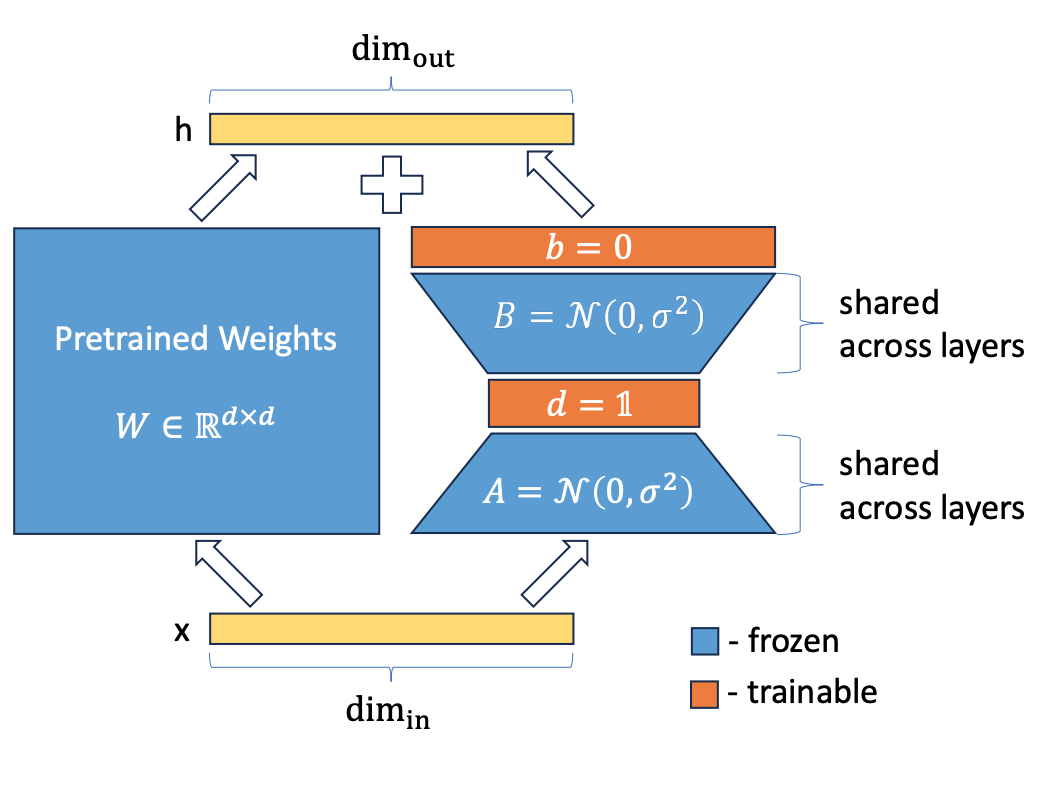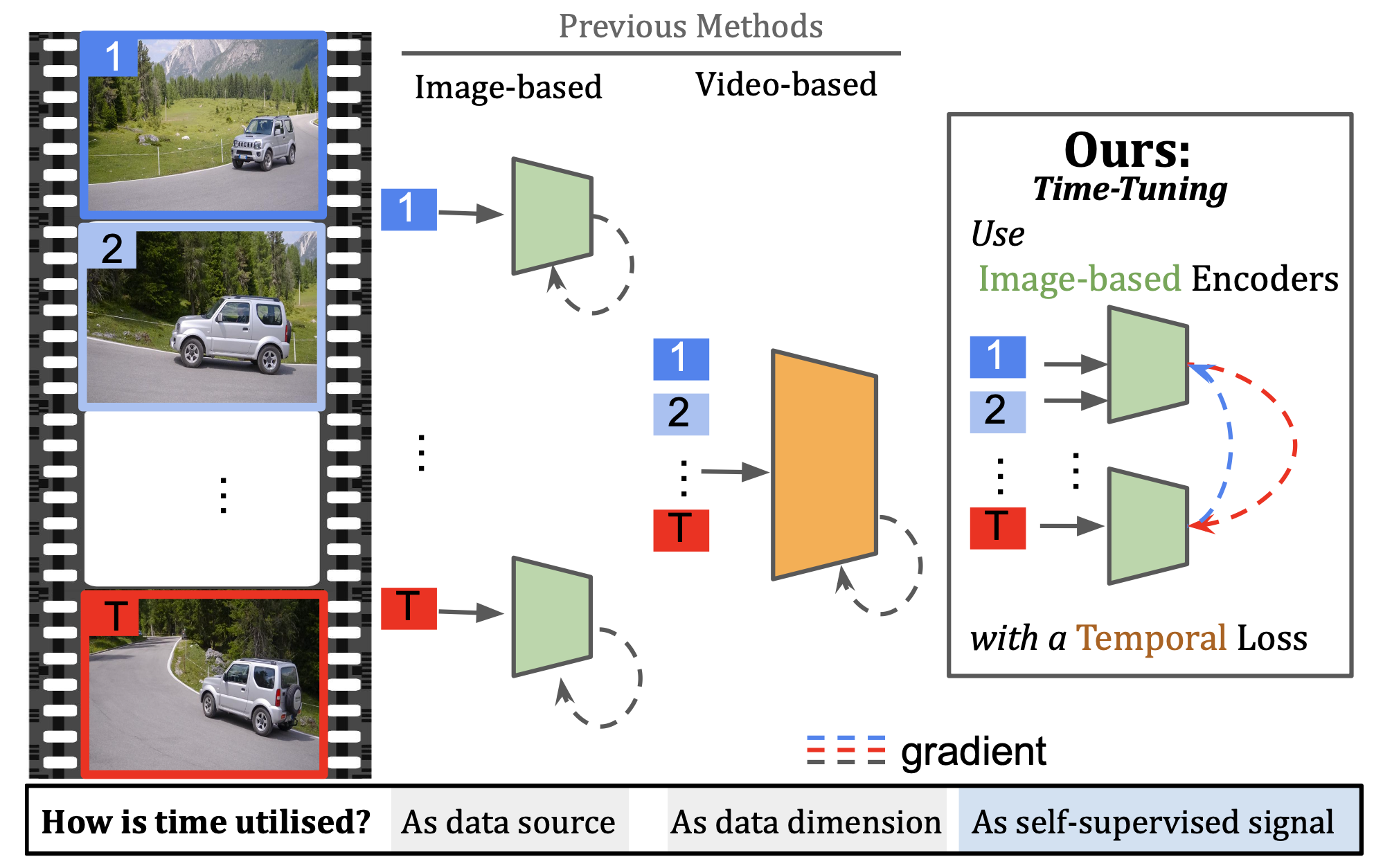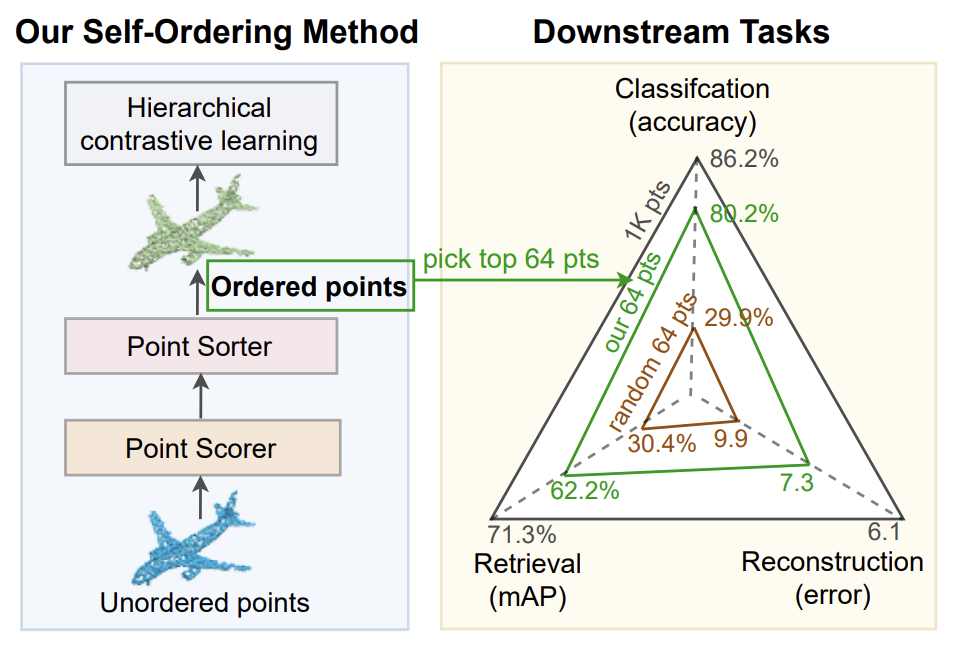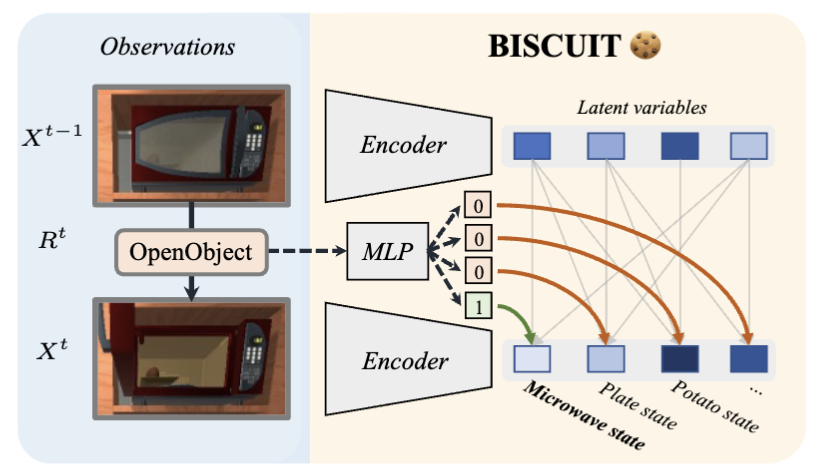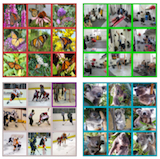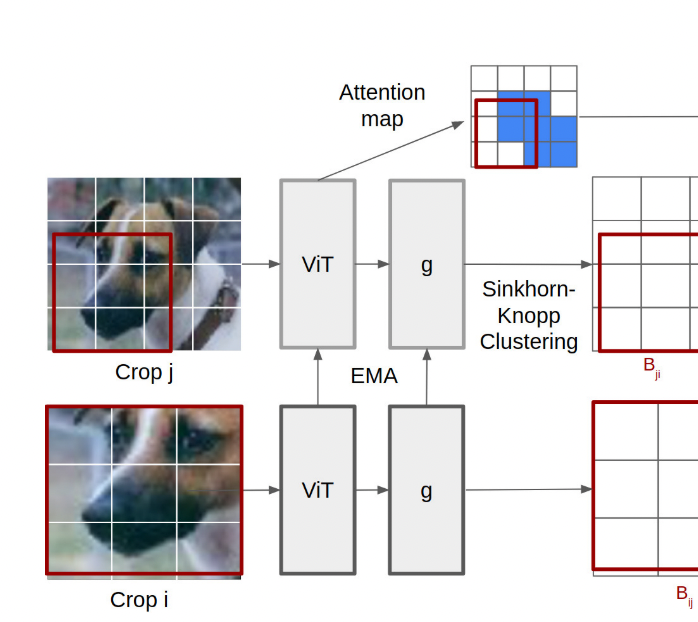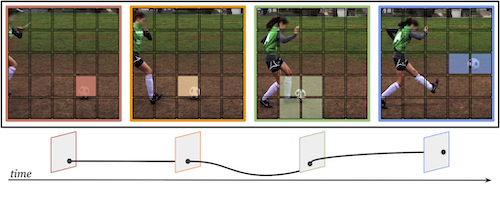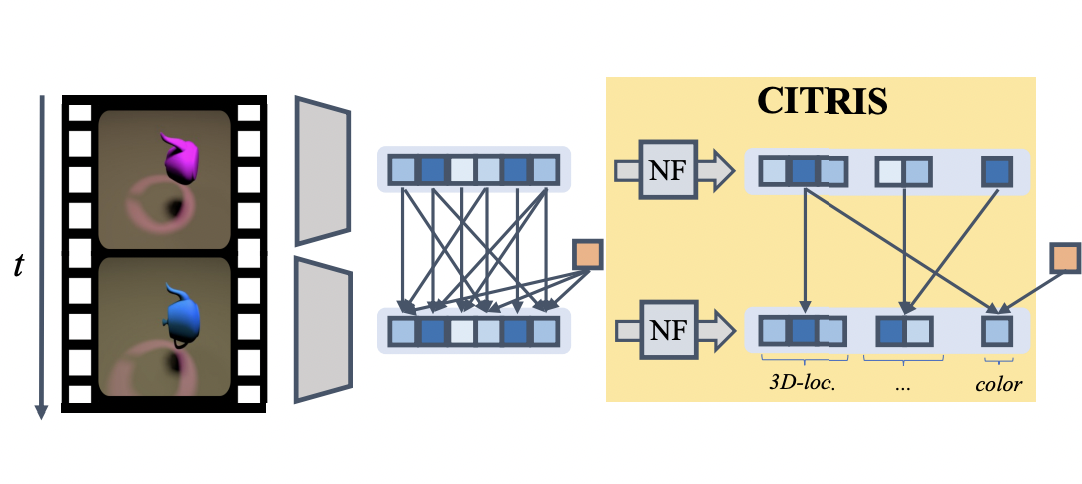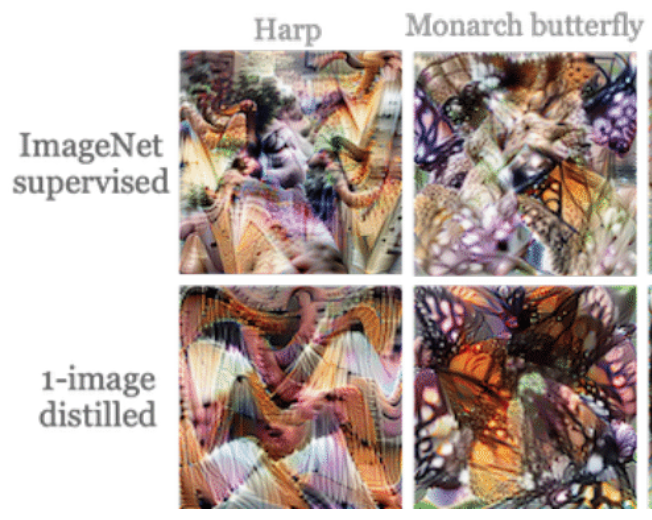Yuki M. Asano
Full Professor, University of Technology Nuremberg – formerly at UvA, VGG, FAIR

Ulmenstr 52i
90461 Nürnberg
University of Technology Nuremberg
I’m the head of the Fundamental AI (FunAI) Lab and full Professor at the University of Technology Nuremberg. Prior to this, I lead the QUVA lab at the University of Amsterdam, where I closely collaborated with Qualcomm AI Research. My PhD was at the Visual Geometry Group (VGG) at the University of Oxford, where I worked with Andrea Vedaldi and Christian Rupprecht. Also, I love running, the mountains ⛰️ and their combination.
news
| Jun 25, 2025 | new papers: 3x ICCV, 1x Geoscience and Remote Sensing Letters, 1x MICCAI |
|---|---|
| Jun 20, 2025 | Won massive (JUPITER)[https://www.fz-juelich.de/en/ias/jsc/jupiter] compute grant with (Sophia Kopke)[https://www.professoren.tum.de/tum-junior-fellows/koepke-almut]! |
| Oct 7, 2024 | Started my new position at the UTN, where we start our brand new FunAI Lab. |
